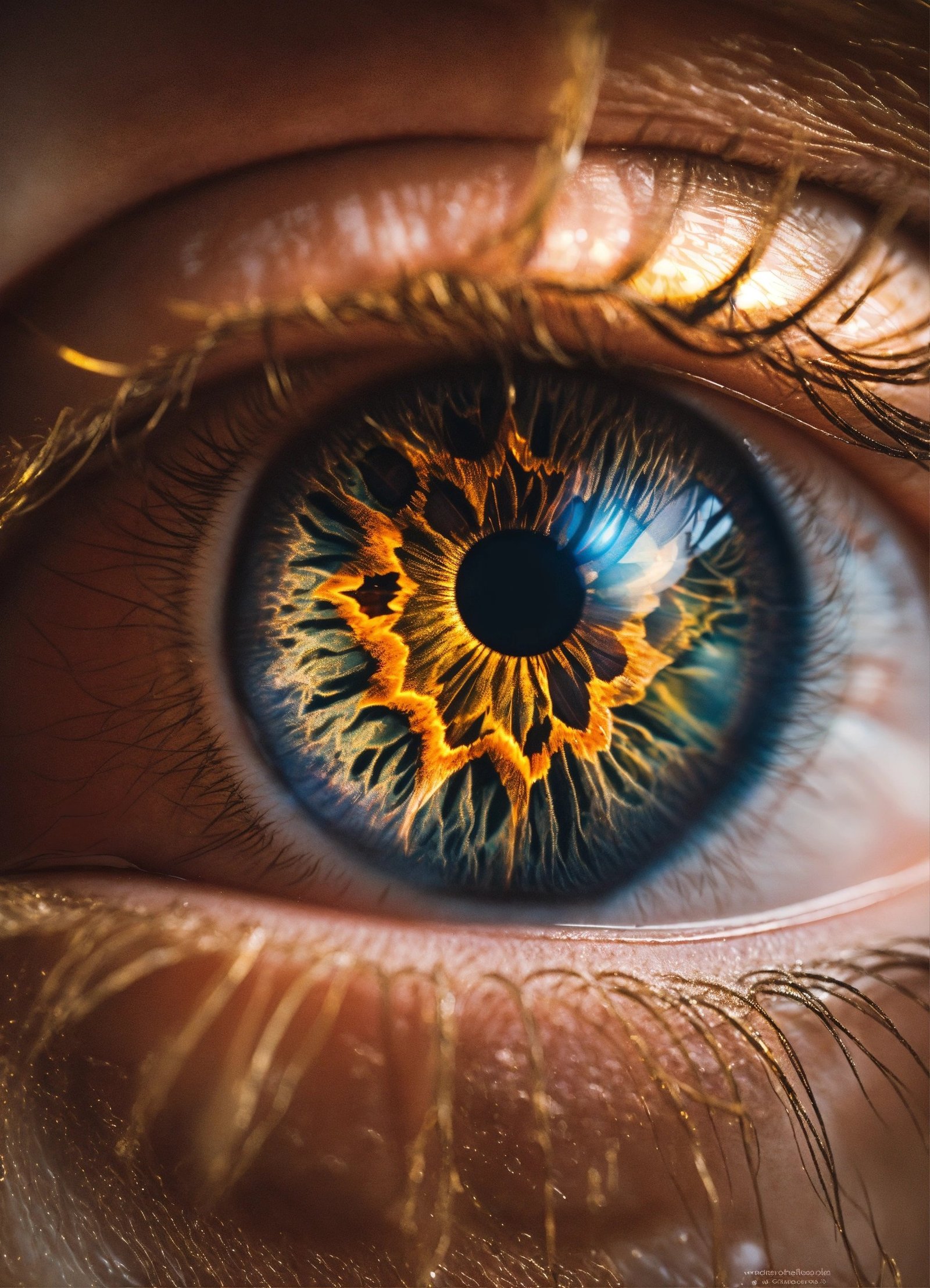Blinking is a natural reflex that most people rarely think about, yet it plays a crucial role in maintaining eye health and vision. How many times do you blink a day? This question has fascinated researchers and health professionals for decades. The frequency of blinking affects everything from eye moisture to cognitive function, making it an important aspect of overall well-being.
This article delves into the fascinating world of blinking, exploring the average blinking frequency and its significance. It examines the importance of blinking to eye health, including its role in preventing eye infections and maintaining corneal health. The piece also looks at factors that influence blinking rate, such as computer use and certain medical conditions like Parkinson’s disease. By understanding how often humans blink a day and why it matters, readers can gain valuable insights into their eye health and daily habits.
The Average Blinking Frequency
The average blinking frequency varies among individuals but follows a general pattern. Studies have shown that the typical adult blinks approximately 15 to 20 times per minute, with some variation observed in different contexts.
Blinks per minute
The mean baseline blink rate has an influence on eye health, with research indicating an average of 19.74 ± 9.12 blinks per minute. However, this rate can change depending on activities. For instance, reading has an impact on blinking frequency, causing a significant decrease to about 11.35 blinks per minute when reading a physical book and 14.93 blinks per minute when reading from an electronic device.
how many times do you blink a day: Blinks per hour
When considering hourly rates, the average person blinks up to 1,200 times per hour. This translates to approximately 840 to 1,020 blinks every hour for most adults.
how many times do you blink a day: Blinks per day
On a daily basis, humans blink an astonishing number of times. The average person blinks about 28,800 times in a day. However, when accounting for sleep time, the number of blinks during waking hours is estimated to be between 13,440 to 16,320 times per day.
how many times do you blink a day: Blinks per year
Annually, the blinking frequency reaches impressive numbers. An average person blinks approximately 10,512,000 times a year. Some estimates suggest the number could be as high as 7.8 million times per year.
The Importance of Blinking
Blinking plays a crucial role in maintaining eye health and vision. This involuntary action, which occurs 15-20 times per minute on average, has several essential functions that contribute to overall eye well-being.
how many times do you blink a day: Keeping eyes moist
Blinking has a significant influence on eye lubrication. With each blink, a thin film of tears spreads across the ocular surface, helping to keep the eyes comfortable and preventing dryness. This tear film consists of three important layers: a mucous layer that adheres to the cornea, an aqueous layer produced by the lacrimal gland, and a lipid layer that prevents evaporation. Together, these layers nourish the cornea and help maintain clear vision.
how many times do you blink a day: Clearing debris
One of the primary benefits of blinking is to clean the surface of the eye. It helps to wash away debris, such as small particles from the air, dried tears, and dead cells. This cleaning action is essential to maintain comfort and prevent irritation.
how many times do you blink a day: Providing oxygen
Blinking also has an impact on oxygen delivery to the eyes. The cornea, lacking blood vessels, relies on the tear film to receive oxygen from the atmosphere. Regular blinking ensures that this oxygen supply is consistently replenished, supporting corneal health.
how many times do you blink a day: Preventing infections
By maintaining a moist environment and clearing away debris, blinking plays a crucial role in preventing eye infections. The tear film contains lysozyme and other antibacterial enzymes that help protect the eyes from harmful microorganisms. Additionally, blinking provides a pathway for white blood cells to reach the eye’s surface in case of injury.
Factors Affecting Blinking Rate
Several factors have an influence on how often a person blinks. These include age, screen time, health conditions, and environmental factors.
Age
Research has shown inconsistent findings regarding age-related differences in blink rates. However, some studies suggest that sex may play a role. Females have been found to have higher blink rates than males between the ages of 22 and 58 years in certain tasks.
Screen time
Digital screen use has a significant impact on blinking dynamics. Studies have shown that blink rates decrease during reading tasks on digital devices compared to rest conditions. Office workers, for example, blink less frequently when viewing text on a video screen compared to relaxed conditions. Computer games and active computer tasks also lead to reduced blink rates.
Health conditions
Certain health conditions can affect blinking patterns. Parkinson’s disease, characterized by a loss of dopamine-producing nerve cells, can lead to decreased blinking. Graves’ disease and other neurological conditions like stroke may also alter blinking rates. Excessive blinking can be a sign of dry eye disease or sleepiness.
Environmental factors
Environmental factors such as bright lights can cause increased blinking. Additionally, exposure to irritants like dust or smoke may affect blinking patterns. Changes in humidity can also influence how often a person blinks, particularly in children.
Conclusion
The intricate process of blinking has a profound influence on our daily lives and eye health. From maintaining ocular moisture to preventing infections, blinking plays a crucial role in safeguarding our vision. Understanding the factors that affect blinking rates, such as age, screen time, and health conditions, can help us to better care for our eyes and adjust our habits accordingly.
As we’ve seen, the simple act of blinking is far more complex and important than we might initially think. By being aware of our blinking patterns and taking steps to maintain healthy eye habits, we can support our overall well-being. This knowledge empowers us to make informed decisions about our eye care and daily routines, ultimately contributing to better eye health and comfort in our increasingly digital world.
FAQs
How often does an average person blink each day?
Most adults blink approximately 14 to 17 times per minute, which translates to between 840 and 1,020 blinks per hour. Assuming an 8-hour sleep period, this means an average person blinks about 13,440 to 16,320 times during the waking hours of the day.
Is it common to blink more than 10,000 times a day?
Yes, it is common. People typically blink between 14,400 and 19,200 times each day. Frequent blinking is vital for maintaining eye health as it helps keep the eyes moist and oxygenated, and clears away debris.
How many times does a human eye blink in a year?
On average, a human eye blinks about 4,200,000 times per year. Interestingly, if you were to receive a nickel for every blink, you would earn $210,000 annually.
Can you share some fascinating facts about human eyes?
Certainly! Here are five intriguing facts about eyes:
- A blink lasts only about 1/10th of a second.
- Brown is the most common eye color worldwide.
- Continuous staring at a computer screen can fatigue your eyes.
- Most vision problems can be cured or prevented.
- Shark eyes might be utilized in human eye surgeries.
- The human eyes can process up to 36,000 pieces of information per hour.



























[…] Also Read: How Many Times Do You Blink a Day […]
[…] Also Read: How Many Times Do You Blink A Day […]